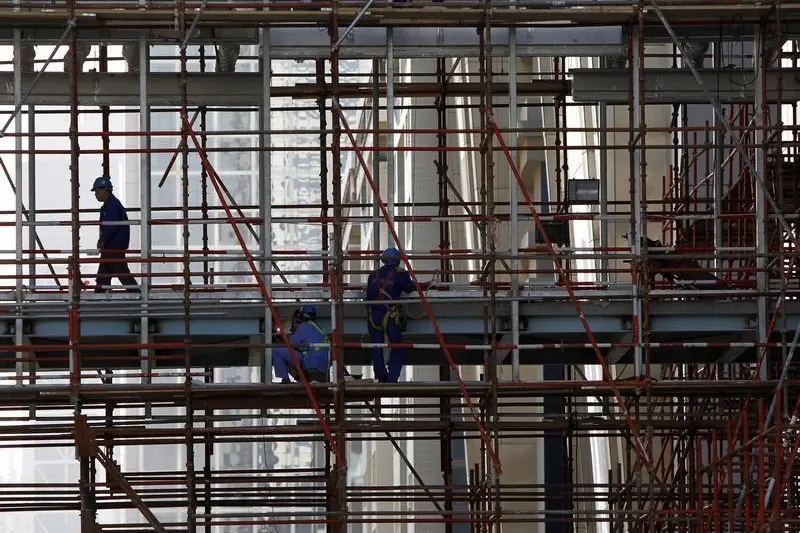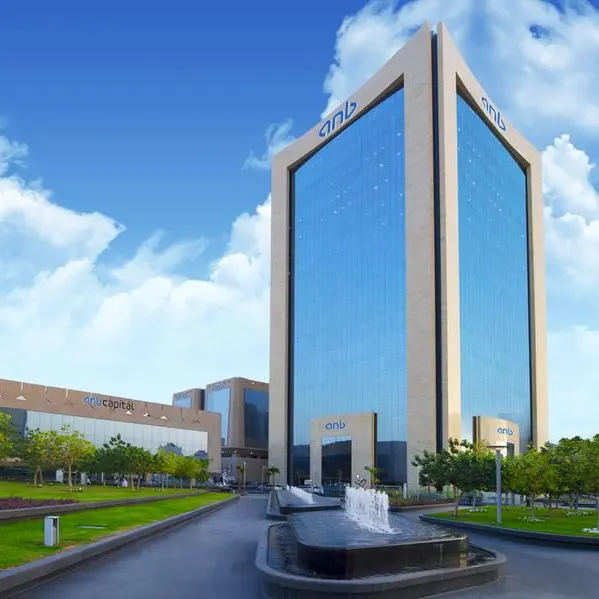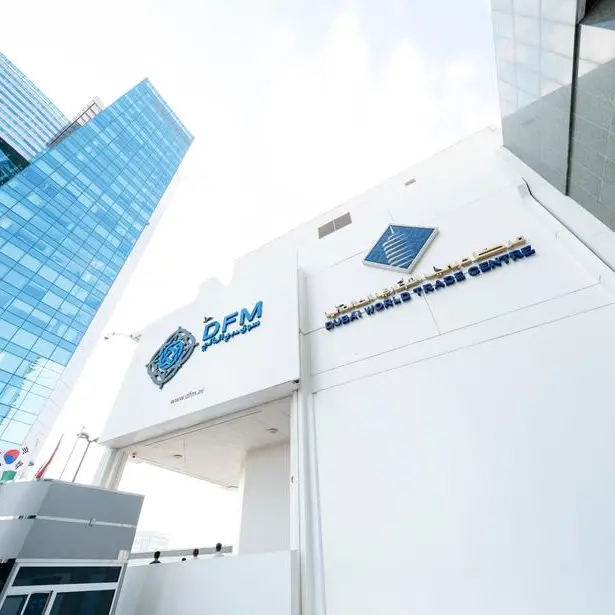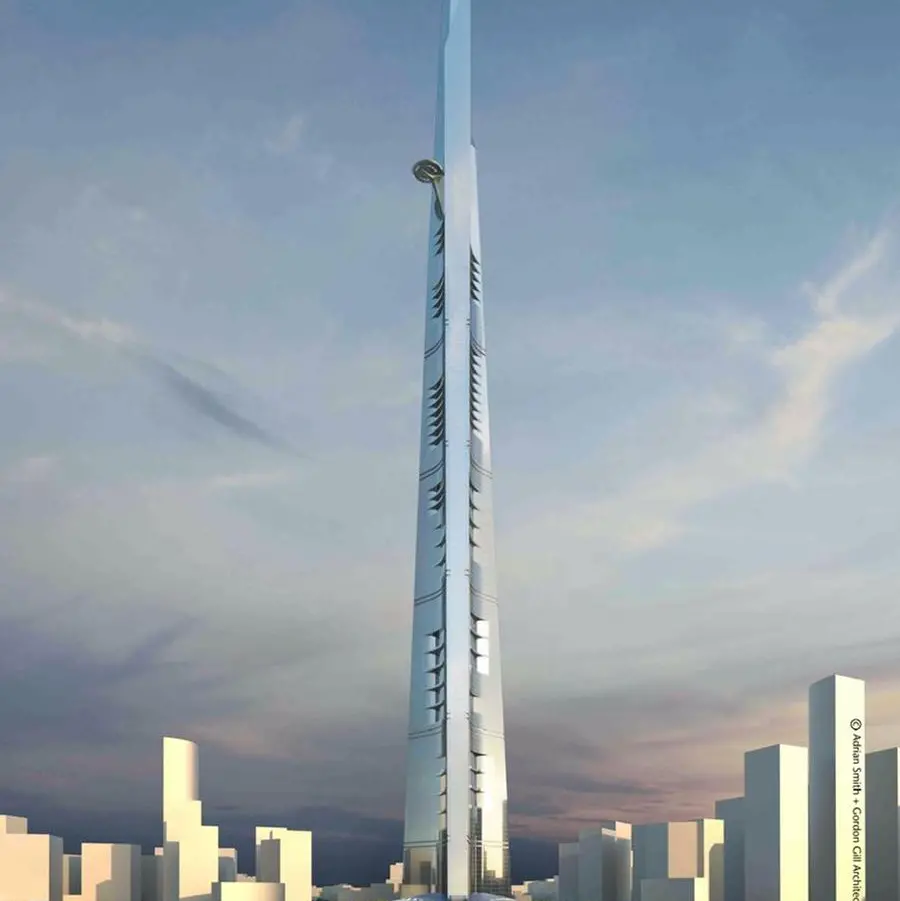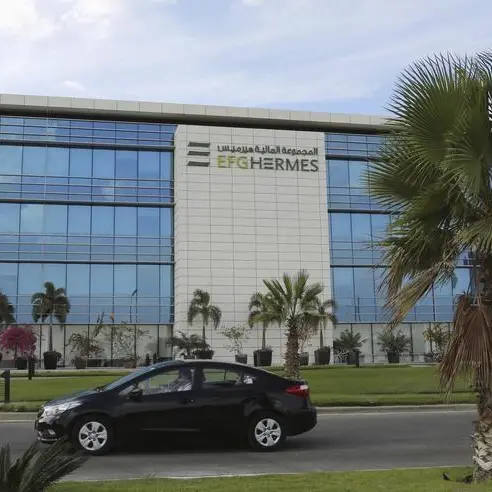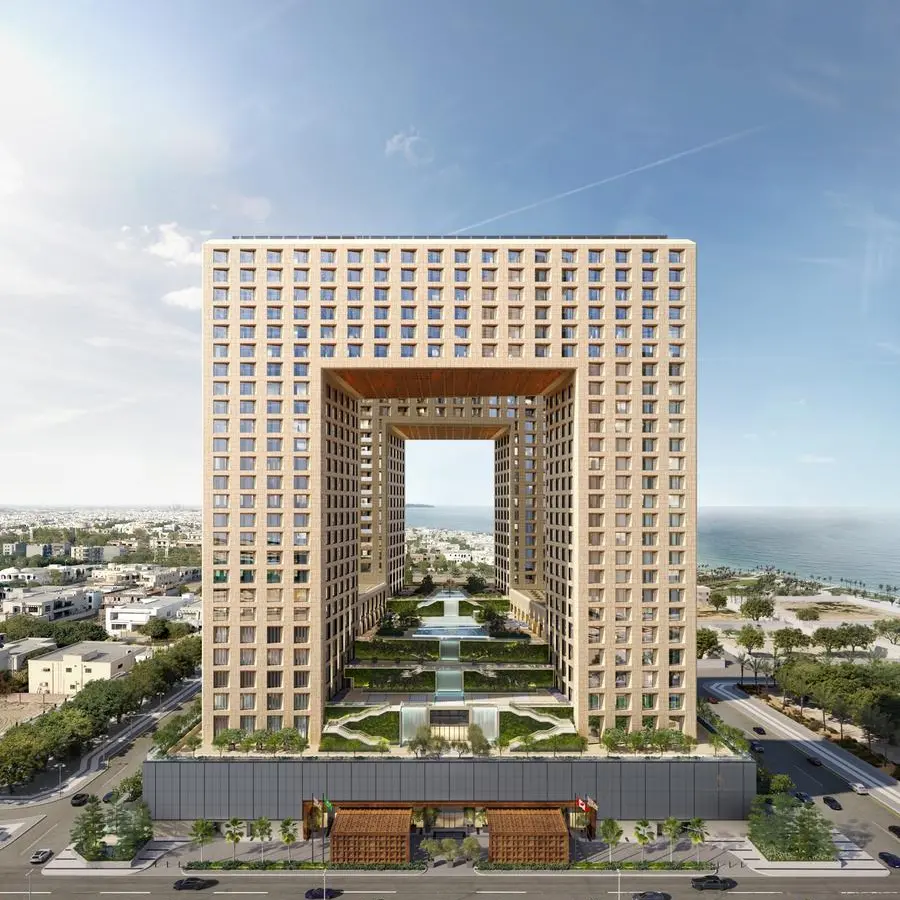PHOTO
COP28 has successfully concluded and development and construction organisations no doubt paid close attention as it unfolded. For many, plans for the new year were already long-since underway, but will now require revisiting and fine tuning. This isn’t to discount the efforts they have already made towards decarbonisation. However, the imminent introduction of formal frameworks and regulations will turn these from ‘nice to have’ into necessity, posing a pertinent question - what if the cost of inaction is now much higher than the cost of climate initiatives?
In the aftermath of COP28, we can anticipate more environmental and carbon performance related regulations to be embedded in UAE and Saudi legislation. As recently as the 10th of December, the UAE Cabinet convened to adopt the National Guide for Smart Construction, the Carbon Credits Registration System and the National Biodiversity Strategy which are applicable to the country’s real estate and construction companies.
While all industry players will eventually have to conform to new regulations, here are five ways in which early adopters will be especially well poised to gain an advantage over the competition.
1. Enhanced operational efficiency
Climate action is first and foremost about managing resources. You can use it as a driver to achieve efficiency by optimising your utilisation of materials, energy, water and reducing waste to landfill. Working and preparing your supply chain will give you a competitive advantage and can push the optimisations further. Bringing new, innovative solutions to the market will yield a differentiating edge.
To claim these advantages, you need to create specific policies and set up the processes needed to implement them. At the very minimum, these must cover energy, water, waste, materials sourcing guidance and environmental management. As an upside, you can expect reduction in operational costs ranging from 10-30% for energy, and potentially minimising even eliminating waste-to-landfill costs. For example, by using recycled water for landscaping, high performance facades and sustainable materials like timber, ICD Brookfield achieved a 30% reduction in energy consumption, which translated to cost savings for tenants.
2. Customer appeal
The luxury segment of the market is already integrating sustainability requirements based on customer demands. This is especially evident in hospitality as more than 60% of UAE travellers are willing to pay for responsible, eco-friendly and sustainable trips. High-end commercial units are following suit with ’green premiums’ being observed in the commercial real estate space as tenants seek office space that align with their own net zero objectives.
The middle segment of the market as well is tackling wellness by integrating climate-oriented initiatives and standards to future proof their assets.
3. Managing risk
The regional market is preparing for an evolution towards more stringent building regulations that will be aligned with the UAE’s climate strategy and Net Zero 2050 goals as well as Saudi Arabia’s 2060 Net Zero ambition. Preparing yourself early will allow you to shift easily when regulation comes into force. The focus should be on lowering your carbon footprint from key materials and construction practices, and maximising energy performance which constitute the majority of carbon emissions for buildings.
To drive this agenda, the Emirates Green Building Council this year established the UAE Sustainability Built Environment Blueprint which is a strategic plan focused on reducing emissions and enhancing sustainability in sectors like buildings and transport, aiming for net zero emissions by 2050 through a series of integrated government and private sector initiatives.
4. Access to alternative finance
COP28 initiated a number of climate-oriented finance initiatives. For example, ALTÉRRA’s climate finance commitment includes two main funds: the US$25 billion Altérra Acceleration Fund, which focuses on steering institutional capital towards large-scale climate investments for a net-zero economy, and the US$5 billion Altérra Transformation Fund, aimed at providing risk mitigation capital to encourage investment in developing countries. In addition, the UAE Banks Federation (UBF) committed to providing US$272 billion in sustainable financing.
Access to these new sources of financing will depend on the maturity of your organisation’s integration of climate actions, and its ability to demonstrate progress via reporting initiatives. We see advances in using the Global Reporting Initiative framework, and examples of selected reporting successes using the frameworks of the Task Force on Climate-Related Financial Disclosures and the Carbon Disclosure Project. On target setting, while it is still early days, we are now seeing UAE submissions to the Science Based Targets initiative with more than 20 companies making submissions, and a few even having received validated targets (among them being Majid Al Futtaim portfolio companies). DP World raised US$1.5bn in green sukuk issuance to fund its global decarbonisation drive as a result of initiatives started as early as 2018, which highlights an important caveat - it takes time to get ready.
5. Future proofing risk
Sustainability and climate action have become a mark of quality and market leadership in more mature markets. This trend is now appearing in the UAE and Saudi Arabia. Key players are implementing initiatives and collaborating with their peers, their value chain and the government. For instance, a number of major UAE developers have initiated value chain initiatives that focus on reinforcing the local economy through engagements with ICV-certified local suppliers and contractors, and building a sustainable supply chain via a comprehensive sustainable procurement program. Additionally, Aldar is committed to innovation and entrepreneurship, supporting various startups through accelerator programs and investing in climate solutions for the real estate sector, underlining their dedication to sustainable development and responsible investment.
Where do you start?
Research by the World Green Building Council in collaboration with AESG has identified several areas where the private sector can contribute to the Net Zero ambitions of regional governments. Examples include reporting of decarbonisation measures and targets, integration of data management and analytics solutions, increasing the use of life cycle assessments and low-carbon design practices and materials from early design stages.
Over the coming year, construction companies will benefit greatly from being in lockstep with government initiatives. Enhanced codes reflecting the region’s sustainability and net zero ambitions, access to renewable power and energy efficiency services, and mandates around carbon disclosures and data transparency will all move the industry forward in the right direction – yielding not only climate benefits, but economic ones too. The delegates who attended COP28 have left Dubai. It’s now time to take action. By acting now, you will have the opportunity to gain an edge, ahead of when your competition inevitably does as well.
The writer is Partner and Global Director of Strategy and Advisory, AESG
Copyright © 2022 Khaleej Times. All Rights Reserved. Provided by SyndiGate Media Inc. (Syndigate.info).
